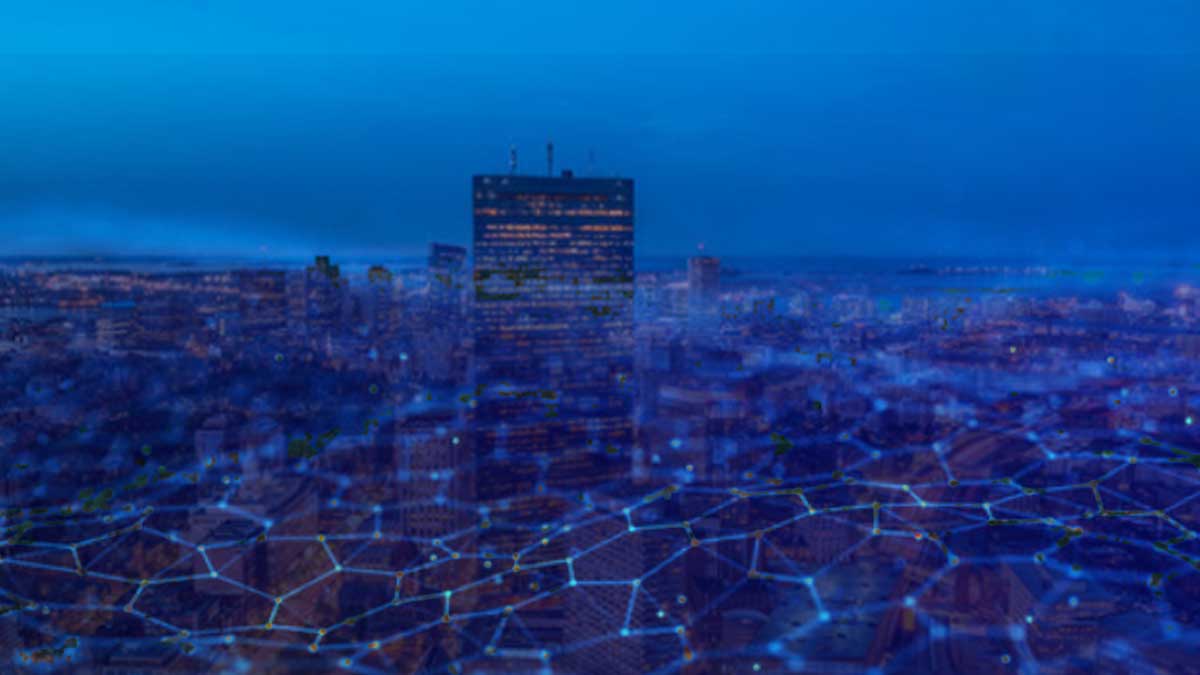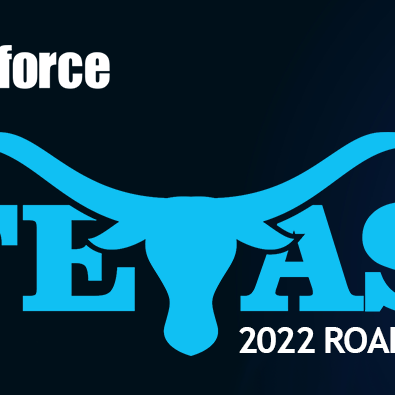
Michael Helfrich shares his thoughts on Mobile Edge Compute in 2021
With the new year upon us, we thought it would be good to share Michael Helfrich, our founder and CEO’s thoughts on Blueforce’s focus points for 2021.
The core design of Blueforce to date has been about dissolving edge-based IoT silos so that actionable, but perishable, machine information can be processed and moved to the right person at the right time, with the right resources to act. While our stack eliminates much of the silo problem and delivers the much-coveted “single pane of glass”, the human in front of the glass must still cognitively connect many “dots”.
When a US DoD senior leader recently spoke of his willingness to “trade network for compute”, it became clear to us that the core tenets that make “edge” so compelling are here and now. 2021 for Blueforce will see us tripling down on edge compute to further facilitate the collision of people, artificial intelligence, and autonomous systems for decision-centric operations. What follows are our top four product and innovation areas that we are working on for 2021 in partnership with our technology and channel partners:
- Swarm intelligence
Swarm intelligence is of extreme interest to us, where dynamic signatures of the swarm emerge from the behaviors of its individual members (carbon or silicon). Blueforce has long enabled the ability of people to rapidly form human, sensor, and AI networks in time-constrained decision environments. Advances in edge compute power and ultra-low latency networks now allow us to “connect the dots”, enabling context-sensitive insights and sense-making for what is going on across an entire team. Understanding how humans, animals, and teams react to discrete or collections of IoT data fuels learning and can also express new system “couplings” that may not have been apparent nor considered. Blueforce is designing platform-level support for the monitoring and sense-making of the collective behaviors of decentralized, self-organized systems cutting across humans, silicon, and algorithm. One form of this is multi-variant threat detection which will become a core module in Blueforce, which will look across dissimilar sets (and manufacturers) of IoT sensors and derive meaning from collective reactions and behaviors from processed meta-data. This is an area that I believe will be truly transformational per high-speed decision-centric environments. - Distributed Micro-Services
It’s been said that the internet was built for humans, but 5G was built for the machines. The ultra-low latency and distributed compute that 5G architectures deliver, indeed, enable a distributed and edge-based capability to enable the high-speed collision of AI, sensors, and sensor cueing. Much of the market activity to date around 5G Multi-access Edge Compute (MEC) has been centered on provisioning AWS or other virtual machine environments to a “telephone pole near you”. The early adopters we speak to in our smart cities and public safety customer base are envisioning something a bit higher in the stack and something we are calling Distributed Micro-Services, where not only is a service made available, but the discovery of that service is also enabled and is proximate to the endpoint that needs it. We have a number of these micro-services ready now which include localized low-latency video streaming, discovery services (based on location, core competency, and resources), and hyperlocal services to name a few. What I am most excited about is the promise of “service swarms” where compute can be distributed across MEC micro-services to truly expand awareness, but also leverage the speed and compute value propositions of 5G. While a virtual environment to a “telephone pole near me” is a great first step, the consumers in our customer base are looking for a capability that moves the needle per hyperlocal decision support and life safety. - Decision Aids
Recognitional support really is the first step in being able to achieve decision superiority. We need to be able to recognize that something has gone sideways, but then leverage that observation to offer up a set of actions that are part of one of more scenario or mission profiles. Last year we conducted a robust and advanced test and evaluation project with a large European utility who was under fire by regulators for not having effective continuity and disaster response protocols. It allowed Blueforce to move out on a Mission Plugin which contained a set of known and predicted scenarios. Each scenario identified the needed core competencies, resources, and specific decision workflows that delivered an 80% response protocol while allowing for deviations. With the delivery of multi-variant threat detection, hyper-local discovery services, and new machine learning algorithms that learn based on swarm intelligence behavioral variances, we expect to have a robust, automated, and distributed decision aid that not only learns, but distributes learnings that can be distilled into dynamic, AI-enabled “current best approaches”. - Rapid Adaption and Recomposition
We have been disciples of a book written by Dave Alperts and Richard Hayes called “Power to the Edge“. The book describes a shift in the late 90’s to a threat model that required that we think differently about far edge constituents, one that enabled “network centric warfare”, an IT and organizational approach to can combat an asymmetric threat (i.e., Al Qaeda, ISIS, etc), where ideologically driven non-nation state actors leverage chaos through small teams that strike simultaneously at multiple locations with waves of secondary attacks. With this new threat model came the need for a fundamental shift from monolithic and legacy fighting platform design to a loosely coupled, but rapidly composable, “system of systems†approach to warfare. The relevance to Blueforce is that this shift focuses on the reconfiguration of military systems and capability so that they can be fielded rapidly and in a way that allows a single system to enable different combinations of capability that support a variety of mission profiles; it’s a “dessert and a floor cleaner”. This “Lego” set approach to capability increases survivability while enabling rapid adaptation for the good guys… while creating complexity and uncertainty for the enemy through this rapid composition and recomposition of disaggregated IoT sensors and AI swarms. The Blueforce architecture enables all of this today via our rapid swarming interfaces as well as our software plugin layer which provides rapid adaptation, but also the Lego approach of enabling and disabling capability, on the fly, and in the field.
Today, the most prominent emerging technologies are still artificial intelligence (AI) and autonomous systems, which are being used by the public and private sectors to speed up or automate operations already conducted by humans. These technologies could instead be the foundation of a decision-centric approach. Programs in the future will run on collections of mobile processors that interact with the physical world and communicate over a wide array of ad-hoc networks. Communications and coordinated activities that maximize the use of individual node resources, and/or that of the entire grouping of people and sensors, will have a dramatic impact on operational efficiencies, but also the tempo of operations.


